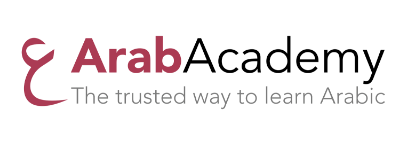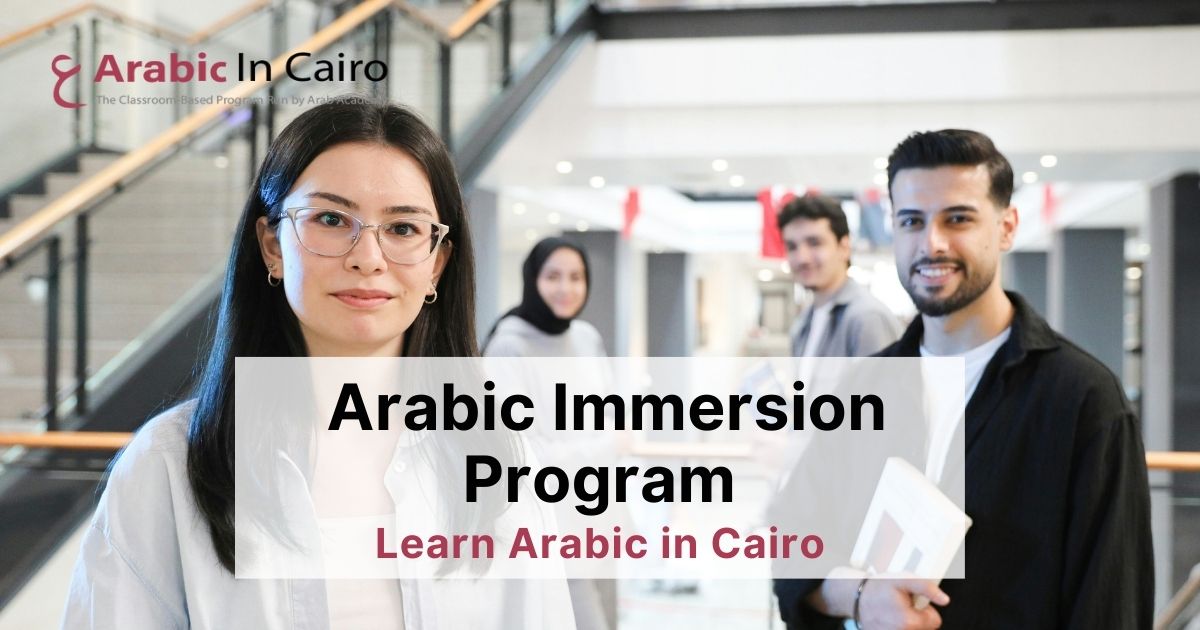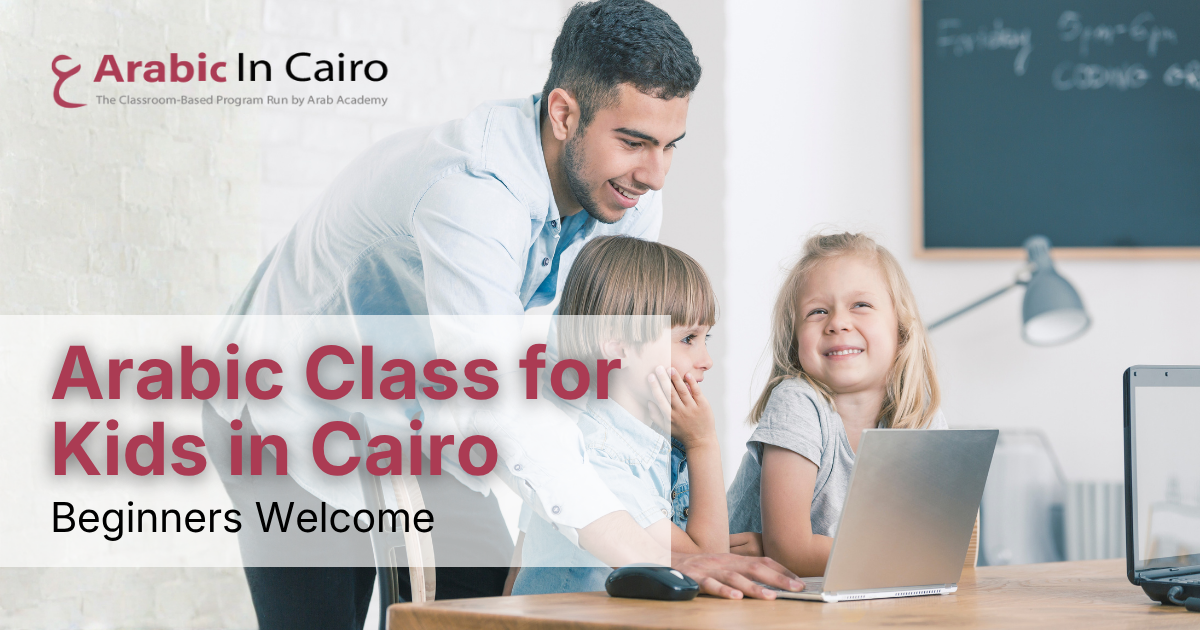A Journey Through Time: Exploring the Arabic Language History
Unveiling the Roots and Evolution of a Global Language
Have you ever stopped to consider the incredible journey a language takes across centuries? The Arabic language, spoken by hundreds of millions worldwide, boasts a history as rich and complex as the civilisations it has shaped. Its story isn’t just about words; it’s about empires, art, science, and the enduring power of human connection.
The story of the Arabic language begins long before the modern world. It emerged from Proto-Semitic roots in the Arabian Peninsula, with its earliest known inscriptions dating back to the 6th century CE. Think about that – poetry etched in stone, trade agreements sealed in a shared tongue, and the very foundations of a culture being built, word by careful word.
Over centuries, the Arabic language has evolved, branching into various dialects that reflect the diverse landscapes and cultures across the Arab world. Each region has its unique flavour, a testament to the language’s adaptability and its deep connection to local identities. This diversity, while enriching, also presents a fascinating challenge for anyone embarking on Arabic language learning. Consider, for example, the differences in pronunciation and vocabulary between Egyptian Arabic and Moroccan Arabic. While both are undeniably Arabic, they represent distinct linguistic experiences.
The rise of Islam in the 7th century CE profoundly impacted the Arabic language. The Quran, revealed in Classical Arabic, became the linguistic and literary standard, spreading the language far beyond the Arabian Peninsula. Arabic became the lingua franca of science, philosophy, and literature during the Golden Age of Islam, with scholars translating and preserving the works of the ancient Greeks and Romans. As a result, the Arabic language has made significant contributions to mathematics, astronomy, and medicine, which continue to have an impact today. Indeed, many words we use in English today, such as ‘algebra,’ ‘algorithm,’ and ‘zenith,’ are derived from Arabic.
Bridging the Gap: Understanding Old Arabic Language and Modern Arabic Language
Navigating the Nuances of a Language Spanning Centuries
The Arabic language isn’t frozen in time. While classical Arabic remains important for religious texts and formal settings, the modern Arabic language has evolved to meet the needs of contemporary life. Understanding the relationship between the two is key to truly mastering the language.
The differences between the old Arabic language and the modern Arabic language can be significant. Classical Arabic, found in the Quran and classical literature, often employs complex grammatical structures and vocabulary that are less common in everyday speech. Modern Standard Arabic (MSA), on the other hand, is a standardised form used in news broadcasts, official documents, and education. While MSA borrows heavily from Classical Arabic, it has been adapted to reflect modern usage and is generally more accessible to learners.
Imagine trying to read Shakespeare without any prior knowledge of Elizabethan English. The experience would be challenging, to say the least. Similarly, approaching classical Arabic without a solid foundation in MSA can feel overwhelming. The key is to build a strong understanding of MSA first and then gradually explore the nuances of classical Arabic. This approach allows you to appreciate the richness and depth of the language without feeling lost in its complexities.
According to a 2023 report by the Modern Language Association, enrollment in Arabic language courses at US colleges and universities has seen a steady increase over the past decade, reflecting a growing recognition of the language’s importance in global affairs and business. This surge in interest highlights the need for effective teaching methods that bridge the gap between classical and modern forms, making the language accessible to a wider audience.
At Arabic in Cairo, we recognise the importance of bridging this gap. Our courses are designed to provide you with a solid foundation in MSA while also introducing you to the beauty and elegance of classical Arabic. We believe that understanding both forms of the language is essential for unlocking its full potential.
Unveiling the Arabic Language: A Journey Through Time and Modernity
Explore the rich Arabic language, its fascinating history, and practical tips for learning Arabic. Discover the nuances between the old Arabic language and the modern Arabic language.
Arabic isn’t just a language; it’s a portal. A portal into a vibrant tapestry of cultures, a gateway to untapped professional opportunities, and a lens through which to view the world with fresh eyes. Did you know that according to a 2023 report by the Modern Language Association, enrollment in Arabic language courses at US colleges and universities has seen a steady increase over the past decade, reflecting a growing recognition of the language’s importance in global affairs and business?
At Arabic in Cairo, we’ve seen firsthand how Arabic language learning can transform lives. Take, for instance, the story of Sarah, a student who initially struggled with the complexities of the language. Through our immersive program, she not only gained fluency but also secured a coveted internship with an international organisation working in the Middle East. This isn’t just about grammar and vocabulary; it’s about unlocking your potential.
Whether you’re drawn to the elegance of classical texts or the practicality of modern communication, understanding the Arabic language offers a unique advantage in today’s interconnected world. Are you ready to embark on that journey?
Meta Title: Learn Arabic Language: History & Modern Techniques
Your Path to Fluency Starts Here
Ready to take the first step towards mastering the Arabic language? At Arabic in Cairo, we offer a range of courses designed to meet your individual needs and learning goals. Whether you’re a complete beginner or an advanced student, we have a program that’s right for you.
Our experienced instructors use a communicative approach to teaching, focusing on practical language skills that you can use in real-life situations. We also incorporate cultural elements into our lessons, providing you with a deeper understanding of the Arab world.
Don’t let the perceived difficulty of Arabic language learning hold you back. With dedication, perseverance, and the right guidance, you can achieve fluency in Arabic and unlock a world of opportunities. Visit Arabic in Cairo today and let us help you embark on your language learning journey!
Frequently Asked Questions (FAQs)
Everything You Need to Know About Learning Arabic
Q: Is the Arabic language difficult to learn?
A: Like any language, Arabic has its challenges. The writing system and pronunciation can seem daunting at first, but with consistent effort and the right resources, it is definitely achievable. Many learners find the richness of the language and culture to be a strong motivator.
Q: How long does it take to become fluent in Arabic?
A: The time it takes to achieve fluency varies depending on your learning style, dedication, and learning environment. However, with consistent study and practice, you can expect to see significant progress within a year.
Q: What type of Arabic should I learn?
A: Modern Standard Arabic (MSA) is generally recommended for beginners, as it is widely understood across the Arab world and is used in formal settings. Once you have a solid foundation in MSA, you can then explore different dialects based on your specific interests and needs.







